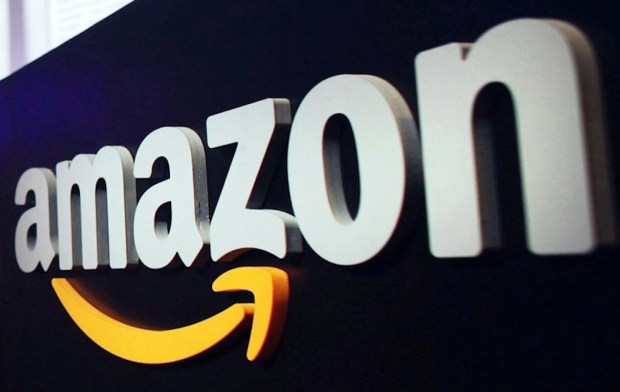Will Amazon Be America’s Largest Firm By 2020?

Analysts are suggesting that Amazon is currently the U.S. firm with the biggest growth potential.
MKM Partners analyst Rob Sanderson notes that Amazon has surpassed Facebook as the United States’ sixth-largest firm by market cap. Sanders further notes that Amazon still has growth potential yet to tap and two of the largest secular growth opportunities in retail and cloud computing increasingly under its control. Given those factors, Sanders believes Amazon could hit the No. 1 spot by 2020.
Meanwhile, Bernstein analyst Carlos Kirjner notes that the Amazon Prime membership program is not the loss generator that it was once written off as, and in fact throws of as much as $115 worth of incremental operating value per user each year. Kirjner added that there are 58 million to 69 million Prime members on the planet.
He also found that Amazon Video is an important driver for the program.
“In the U.S. alone, at least ~60% of Prime users can be considered monthly users of Amazon Prime Instant Video,” he wrote in his report, according to Benzinga. “In the U.K., that number is ~65%.”
Adding to the case for Amazon in the No. 1 position, Amazon controls 35 percent to 40 percent of the U.S. eCommerce segment, JPMC analyst Anmuth has estimated that that share could rise as high as 50 percent with in the next two years. Now granted, at present that only represents 11 to 12 percent of the entire U.S. retail picture, but that slice of the pie is getting larger as well and is expected to reach to 14 percent by 2018.
Moreover, Amazon is perennially moving into new verticals and segments to further consolidate that control. John Blackledge, analyst at investment bank Cowen & Co., has already predicted that Amazon will displace Macy’s as the nation’s No. 1 clothing retailer by 2018.
And Prime is showing no immediate signs of slowing down. According to Prosper Insights’ May survey, Prime membership was up 6.5 percent month-to-month, reaching 33.5 percent of all U.S. adults.
Prosper’s study additionally stacked Amazon users against Target shoppers and found that Target customers are 25 percent more likely to be Prime members than Walmart customers. The survey also indicated that Target customers are much more likely to buy Prime for $99 annually, as opposed to monthly options for the service.
